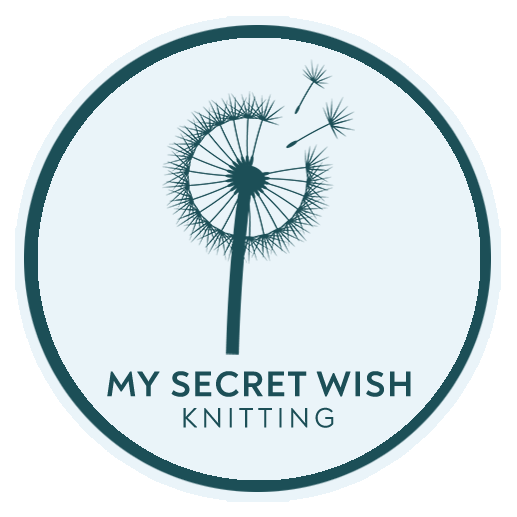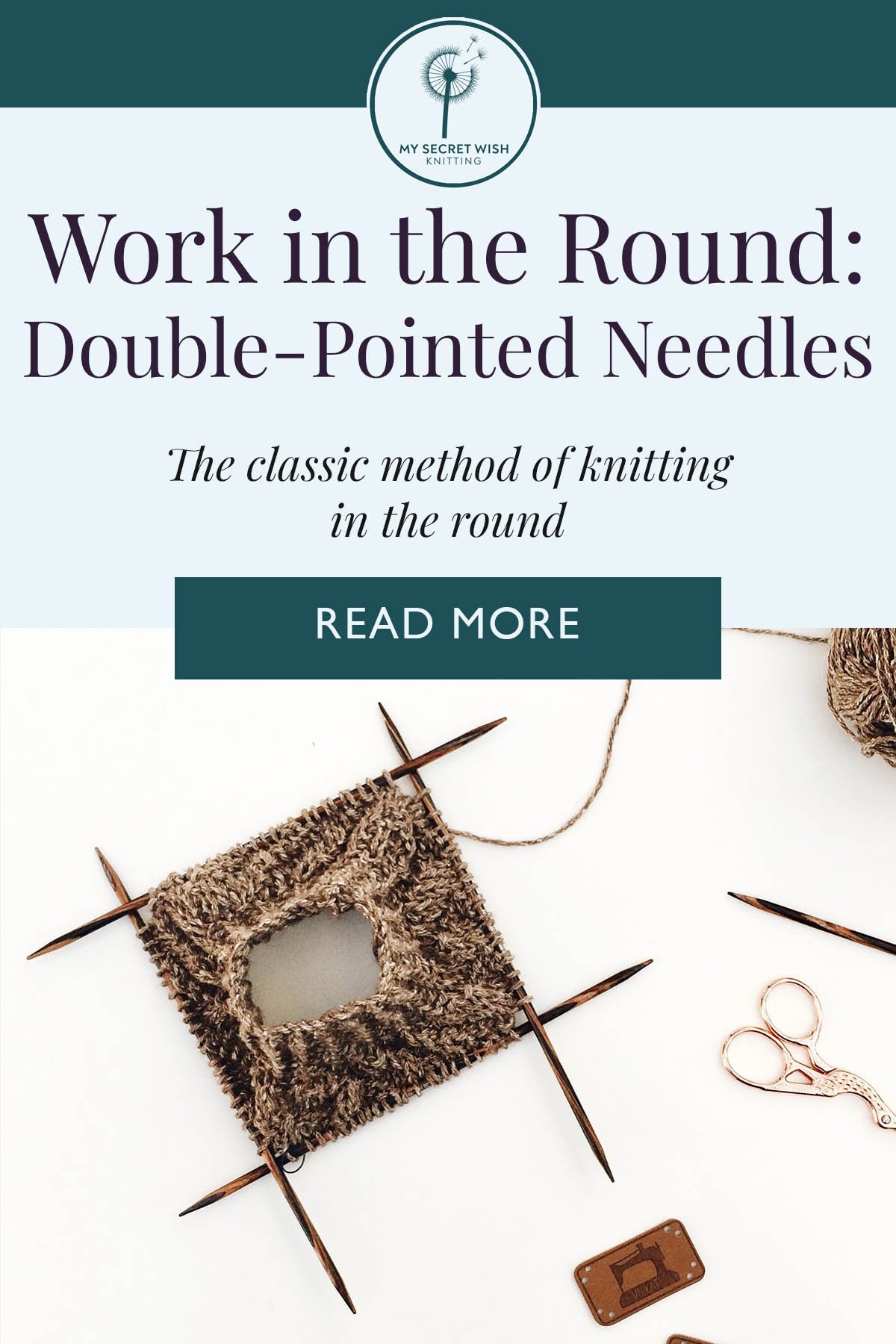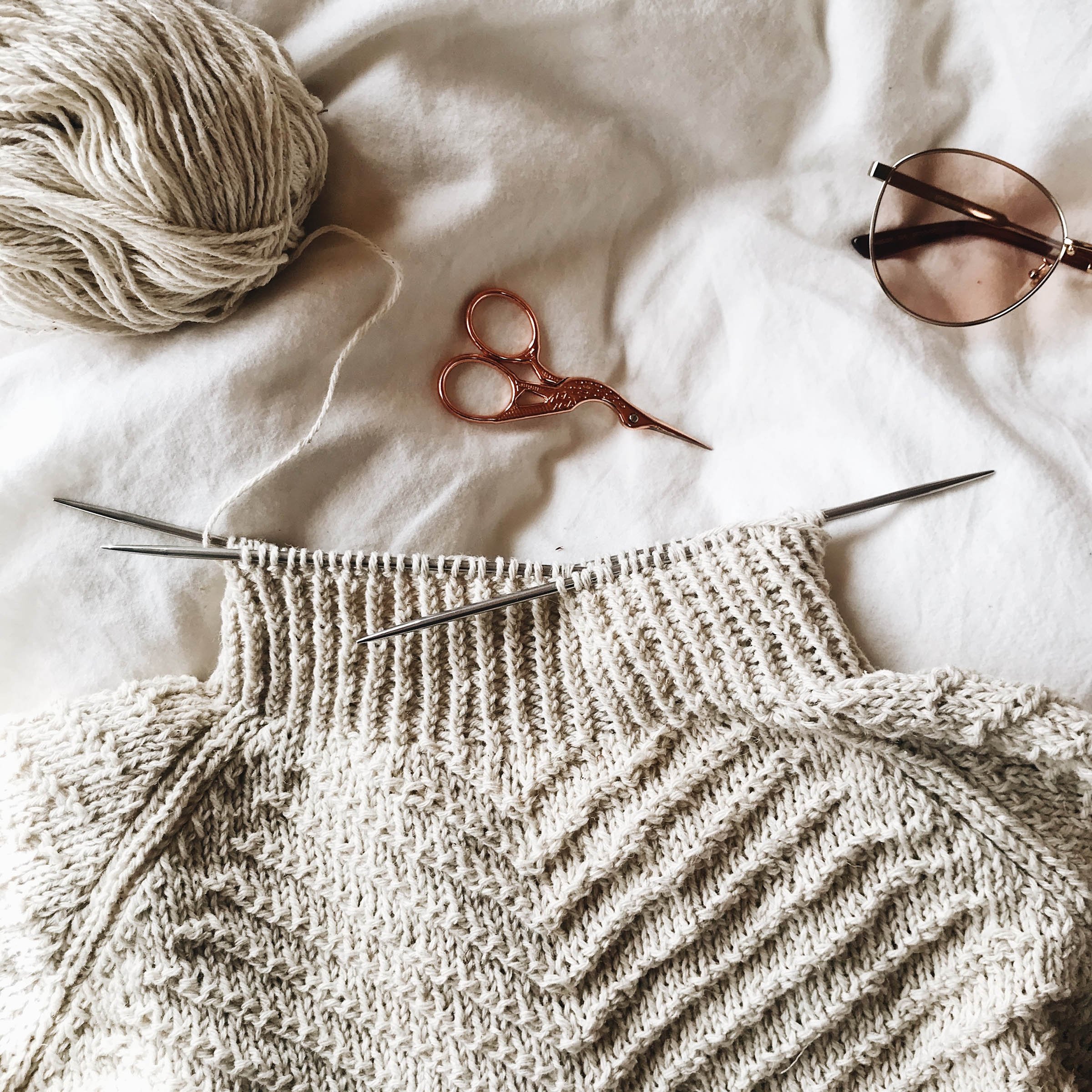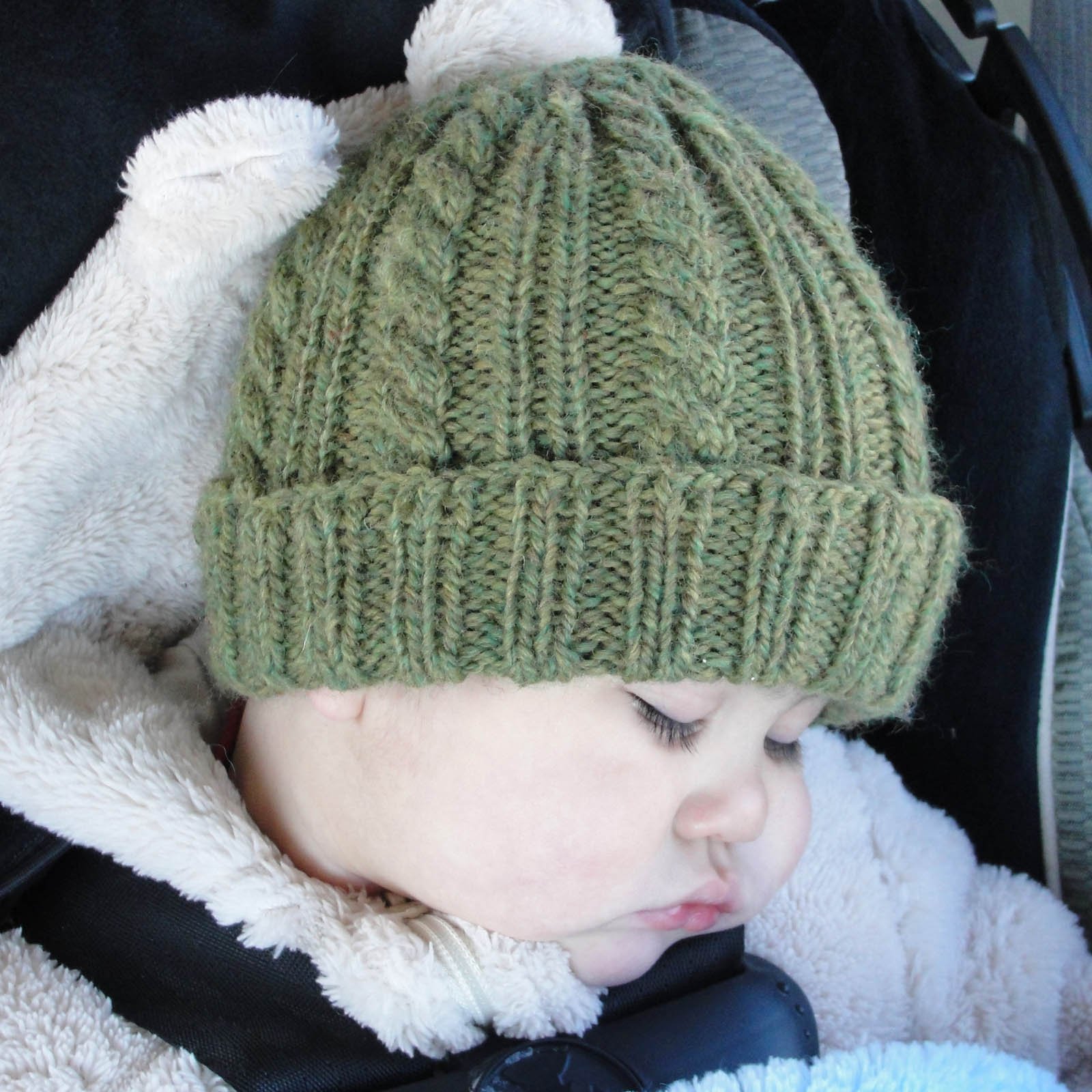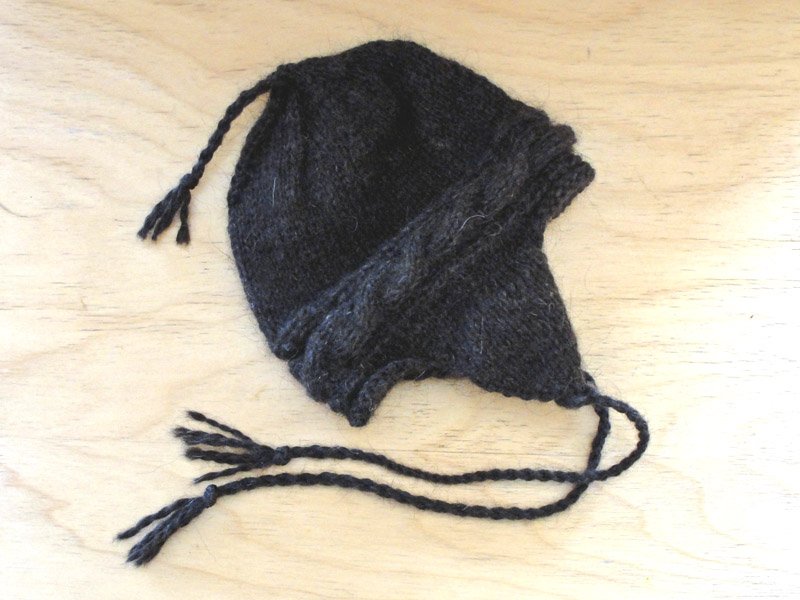Knitting In The Round:
Double-Pointed Needles
The classic method of knitting in the round
Knitting in the round is used in a wide variety of garments, but is especially useful for items where seams would be uncomfortable, like hats and socks. Double-pointed needles are my favourite needle type for circular knitting, because I knit fairly snug and I find it difficult to get my stitches from the cable to the hard point of a circular needle when it's time to work them again.
Double-pointed needles can seem intimidating, but you are only ever working with two needles at a time, just like flat knitting. The other needles' sole job is to hold stitches until it's their turn to be worked (just like the cable of a circular needle). They come in a variety of lengths, from three inches (7.5 cm) to twelve inches (30 cm), but the most common lengths are between six and eight inches. Because of this, they are best used for small items knit in the round, such as hats, mittens, and socks.
(Personally, I’ve tried four-inch needles for socks, and find them uncomfortable to work with. I prefer something that won’t jab my palm.)
You may also want to check out my Joining Yarn in the Round tutorial.
How to do it:
Basic Principle:
You’ll be using multiple short double-pointed needles to work seamlessly in the round, handling two at a time and using the other needles as stitch holders.
Cast on and distribute your stitches evenly over three or four double-pointed needles. When you reach the end of your cast-on round, add a stitch marker and join yarn.
Continue to work in the round, handling two needles at one time: the working needle, and the non-working needle you are creating new stitches from.
To prevent “laddering”, it’s best if the first stitch on your new needle is a knit stitch. Also, after working onto a new needle, give a little tug on the working yarn after the first stitch to keep you tension tight.
Double-pointed needles come in many lengths. I have a vintage set that are 14 inches (or 35 cm) long, which would be perfect for bigger circumferences like this turtleneck.
